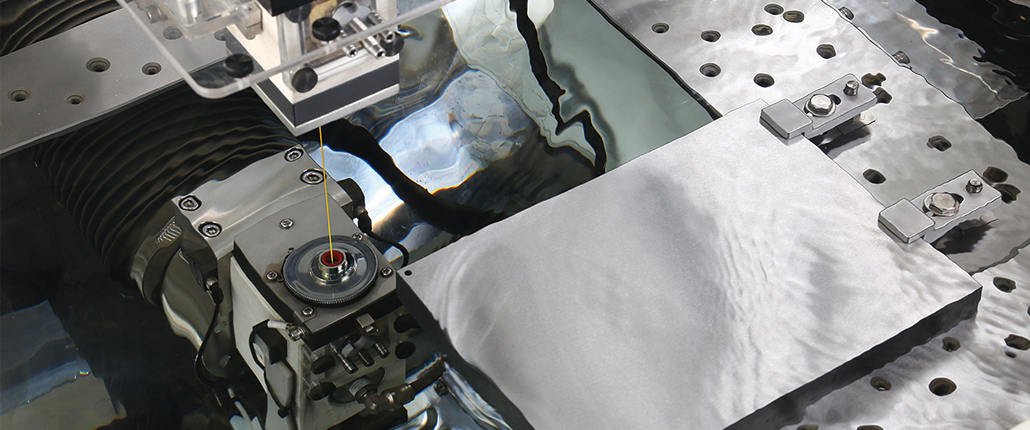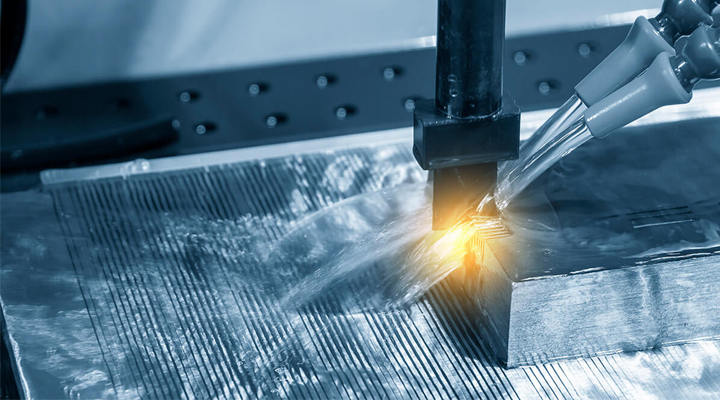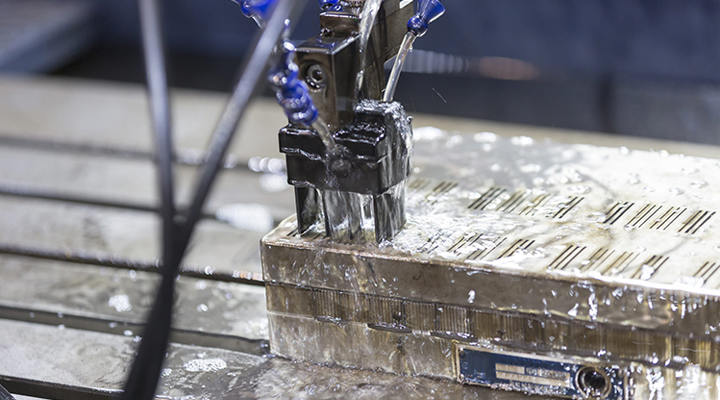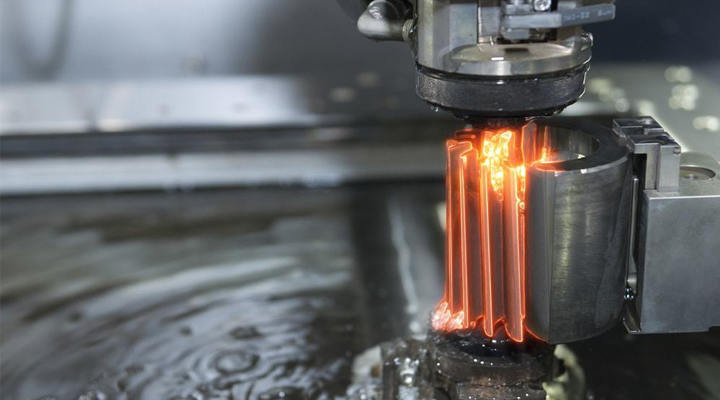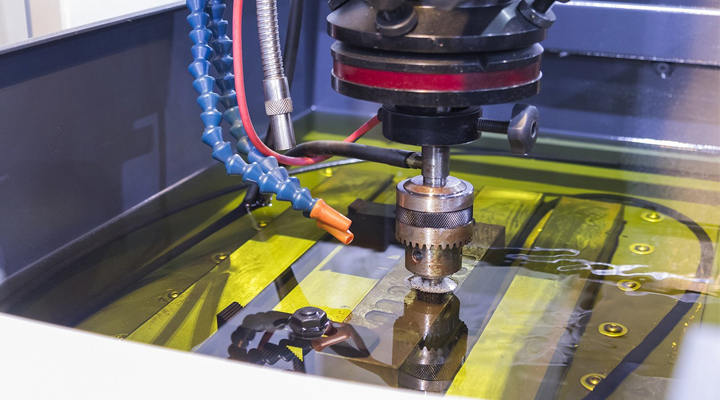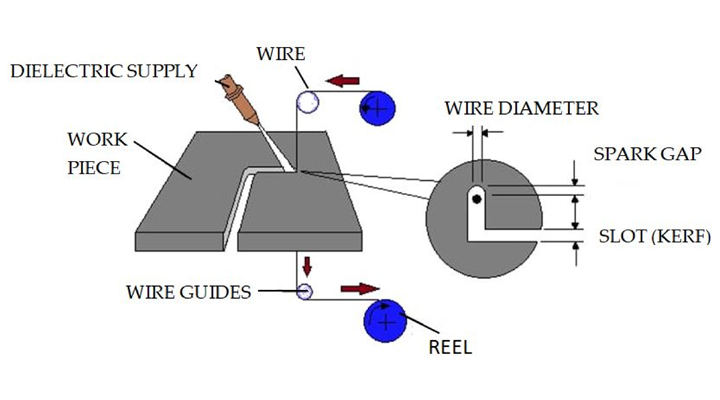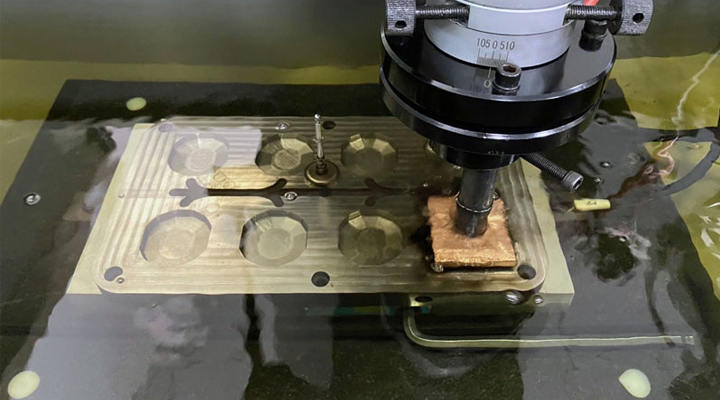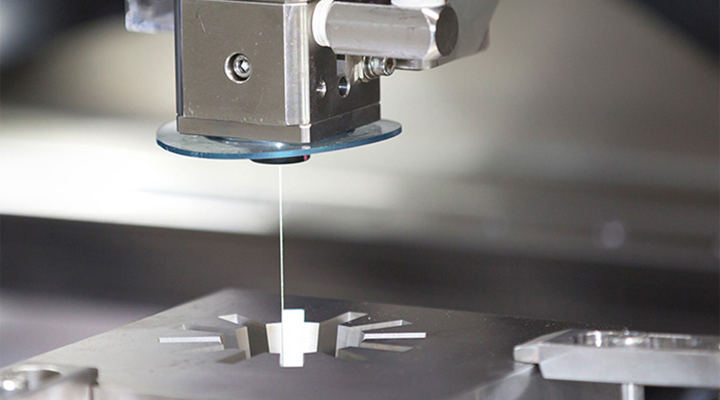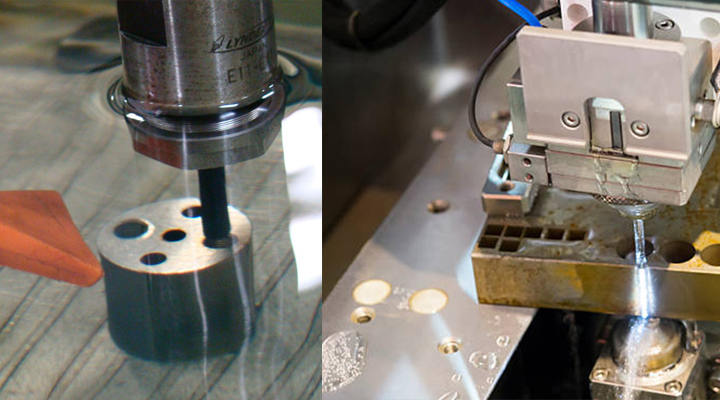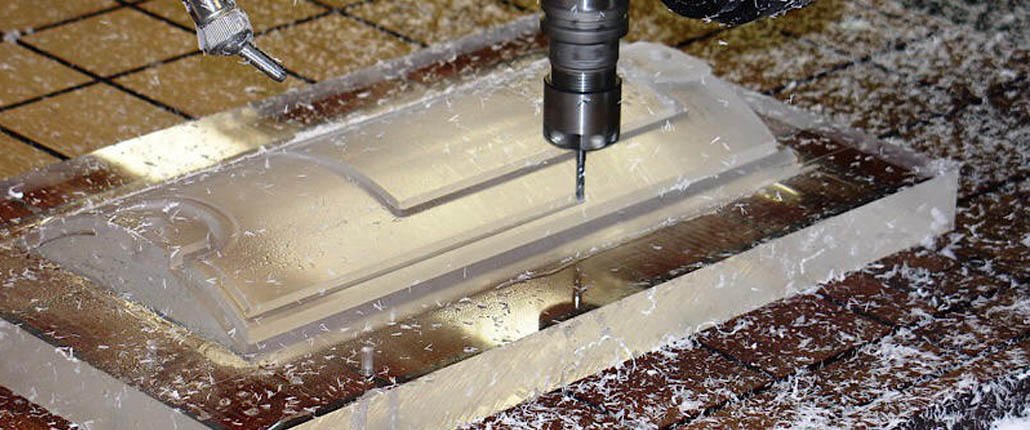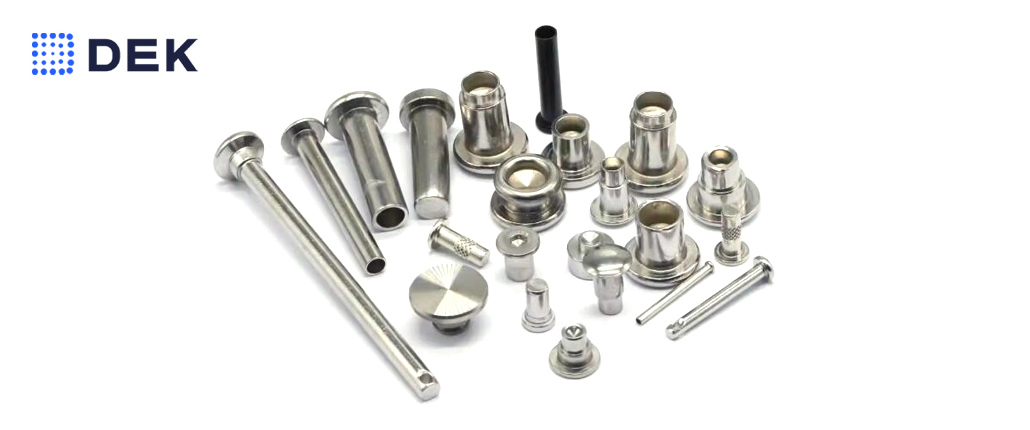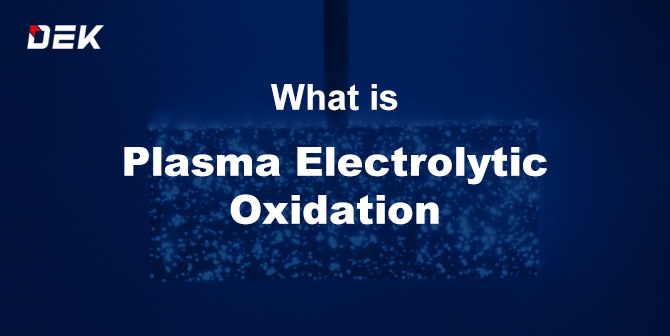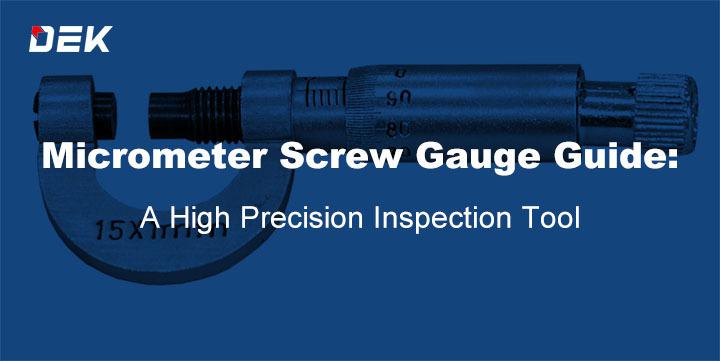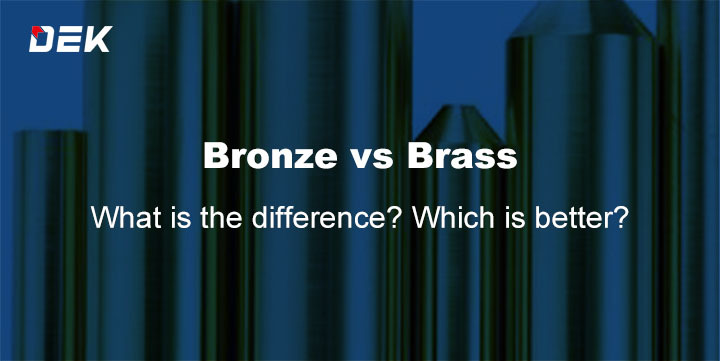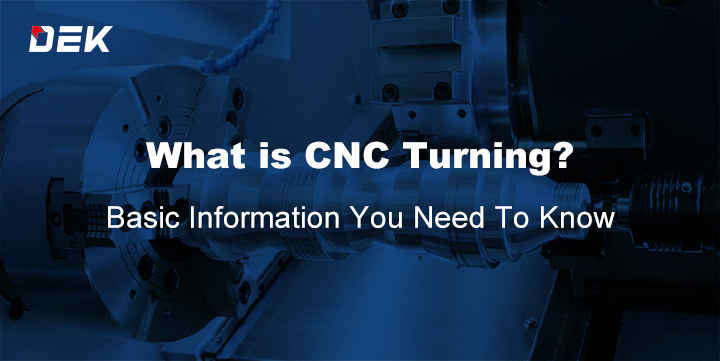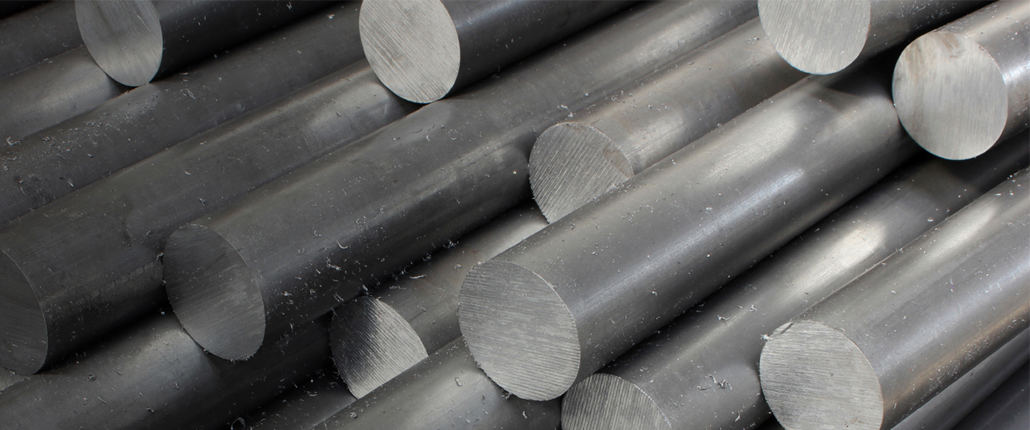Electrical Discharge Machining (EDM) is a powerful machining technique with unconventional capabilities to machine any conductive material regardless of its mechanical properties. When the traditional method touches its limits, EDM comes into action. This process enables manufacturers to create parts with high accuracy.
In this article, we will briefly discuss Electrical Discharge Machining (EDM) and its two types sinker and wire-cut EDM, and their applications, features, and advantages. At the end of this article, you will able to select the best option for your manufacturing or EDM project.
What is electric discharge machining (EDM)?
Electrical Discharge Machining (EDM) belongs to the non-traditional machining technique. It is used in several manufacturing sectors to develop custom parts with extreme precision and accuracy. EDM employs thermal energy to detach material from a workpiece. Manufacturers turn to Electrical Discharge Machining (EDM) when CNC milling and turning machining unable to give desired cut for example, when required deep cavity and sharp internal corners.
EDM is popular for attaining extremely complex shapes which is hard to process with milling. It also has a specialty in the different applications for hard materials like titanium. EDM is a subtractive manufacturing technique that uses electrical discharges for machining. There are two types of EDM, sinker EDM, and wire-cut EDM. Both of these types are discussed below.
Difference between Sinker EDM and Wire Cut EDM
Sinker EDM
Sinker EDM is a revolutionary construction of materials that has opened countless doors for the continued exploration of possibilities. This method allows manufacturers to create complex shapes. This method requires electrodes made from copper or graphite that are pre-machined to have an obligatory shape. Then the electrode is sunk into the workpiece to produce the opposite version of its original shape.
Features and applications
Some of the key features and applications of Sinker EDM are as below.
- Sinker EDM enables the manufacturer to create complex shapes without inducing stresses into an electrically conductive material.
- It is a low-risk machining solution.
- Sinker EDM is ideal for producing parts with unparalleled accuracy and reliability.
- It is used in a wide variety of applications because it does not cut completely (unless desired), such as cross-sections, thin walls, and blind cavities/keyways.
- This versatility makes it an efficient technology and widely used. With a history in the space travel industry, sinker EDM has created parts for rocket engines, satellites, and other space crafts sending the world into a new era.
Wire Cut EDM
Wire cut EDM process which is also called wire erosion, wire burning, or spark EDM uses the same technique as sinker but in wire cut. EDM die is replaced by very fine electrically charged wires. Wire EDM works on parts that are resistant to conventional processes. In this method, thousands of sparks are discharged on metal workpieces for cutting, but these parts must be electrically conductive such as steel, alloy, titanium, and brass.
Features and applications
Some of the key features and applications of Sinker EDM are as below.
- Wire EDM allows the production of very fine and complex structures. In addition, with its high-precision machining and special relaxation generators, it permits the shape accuracies of around ±1 μm.
- This process is used in 2D cutting in the manufacturing industries.
- Wire EDM is mostly employed for high accuracy cutting and sample preparation.
- It is cost-effective in small production. However, using this method requires wires to be constantly moved and can not be reused that can be several kilometers which makes it more costly as compared to other processes.
- This process is most commonly used in making mold and dies manufacturing processes, particularly for the extrusion dies and blanking punches.
Working Principle
Sinker EDM
This process requires an insulating fluid, an electrode, and a power supply. The electrode and the workpiece are interconnected with the help of a power supply unit. An electric spark is generated between the electrode and the workpiece. Spark creates intense heat in the range of 8000 to 12000° C, which melts any surface that comes into contact. Unlike wire EDM, this process does not cut completely through the material but gives operator control to very carefully and highly focused on the certain area to produce a complex shape. In addition, it does not induce stress in the material. This makes sinker EDM is one of the best processes to produce parts.
Wire Cut EDM
It works similarly as a cheese cutter or a bandsaw cutting wood, although in this process the wire movies rather than the workpiece. A metallic wire made of usually brass or copper has high voltage passed through it that allows it to cut through the thickness of the workpiece. Cutting can be started from the edge of the material or a hole can be made in the piece to pass the wire through it which makes cutting out from the interior more convenient.
For making the conductivity highly controlled the wire EDM uses deionized water. Deionized water cools the final part and washes away the removed particles. Wire EDM provides a very precise cut which allows manufacturers the complex and accurate tolling of even the most intricate and delicate shapes.
Advantages
EDM has seen a variety of improvements since its conception. The use of CNC and other technologies makes it faster, flexible and economical. Below mentioned are the advantages of using two types of EDM.
Sinker EDM
Sinker EDM provides durability, accuracy, and high-quality finishes that you can use in your production. Here are some advantages of the sinker EDM
- Tough materials are easy to cut with the sinker EDM technique
- The end-product does not require any finishing and polishing
- This process cuts thin material without any damage
- Sinker EDM is commonly used for 3D contouring, drilling, finishing, and deburring.
Wire Cut EDM
EDM is employed for its precision and cost-effectiveness. Here are some benefits of using wire EDM.
- Wire EDM is the best option when working on hard, brittle, and fragile material as it allows machining without impact and stress
- By using electrical wires it can cut precise and intricate shapes with ease
- Wire EDM can give the fast processing and the project can be set up and completed in a short lead time
- Suitable for hardened and exotic materials (conductive only)
Which process should I use?
In this new era of technology and advancement, there are lots of machines to familiarise with. If you are just started or expanding your scope, the EDM is the answer to all of your questions. Depending upon your need and consideration there are two types of EDM you can use which are sinker and wire EDM.
If you want to produce dies and molds with the production of plastic injection molding cavities, you should use sinker EDM as it is the most common application of sinker EDM. This process also helps the manufacturer to achieve incredible detailing and production of a wide range of components in different industries including the aerospace and automotive industry.
If you are run small production and need tight tolerance your priority should be to wire EDM. Wire EDM is the most cost-effective and time-saving than other methods available in the market. It is also widely used in the aerospace and medical industry for the making of different types of equipment and parts. This process requires no post-machining thermal treatment, which means no heat stress and less chance to distort the surface of the material.
Does DEK provide EDM services?
We at DEK provide supreme reliable and industry-leading precision technology in EDMs which helps manufacturers produce high-quality finishes. Our EDM requires fewer electrodes that lower the overall manufacturing cost.
DEK keeps a strong relationship with its technology partners and provides solutions to prototyping, production, and custom manufacturing EDM services. We work as a team with our customers to provide the best solutions for their difficult EDM projects requirements. We believe in delivering above-par service with the utmost professionalism and endless support to our worldwide customers.
Conclusion
To recap, Electrical Discharge Machining (EDM) is a process that uses electrical discharge to manipulate the shape and physical properties of a material. In this article, we have thoroughly discussed Electrical Discharge Machining (EDM) and its two types to give you an idea about this machining process. So, now you can have enough knowledge to go with the best suitable options that go with your requirements to get the best results.
DEK offers the best Electrical Discharge Machining (EDM) services so you get the finest of the results with utmost accuracy and short lead time. Place your order today and receive your product at your business address. You can always contact our engineers for technical support so you have clarity about each step and functionality.
